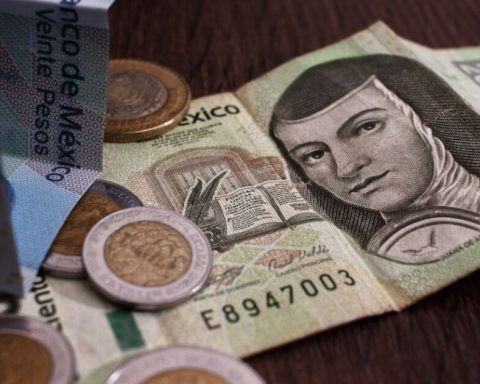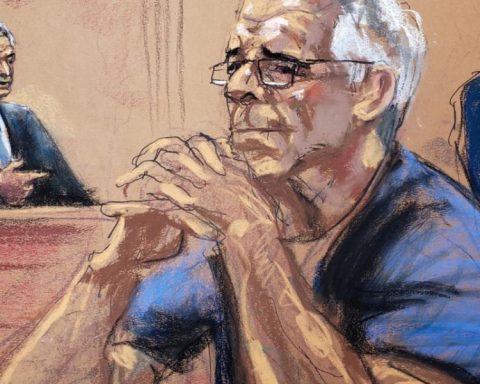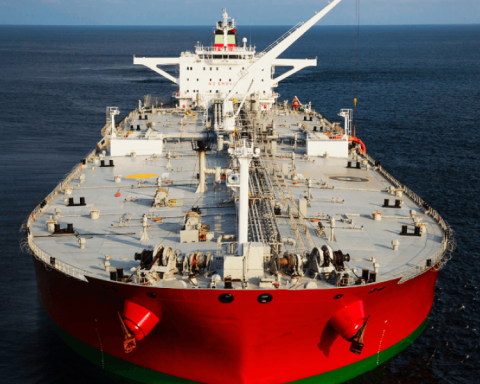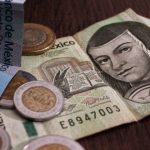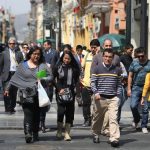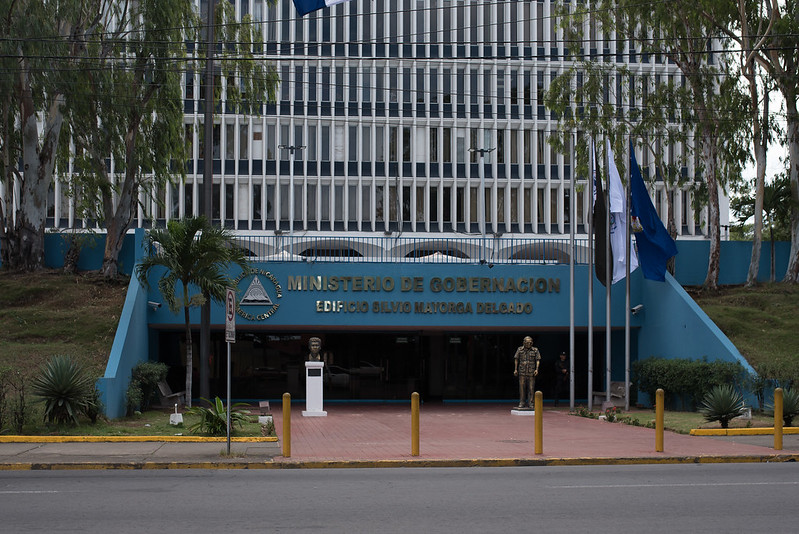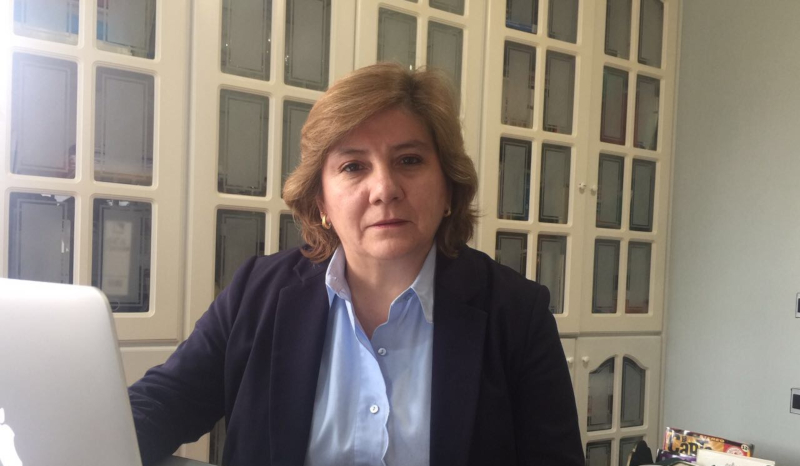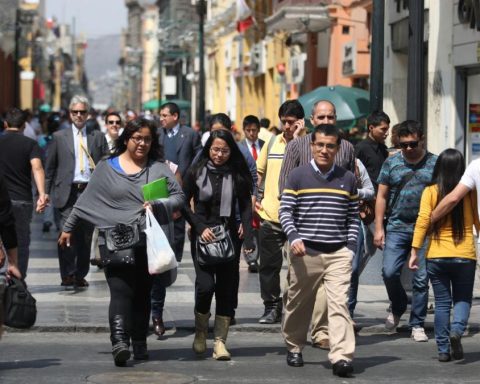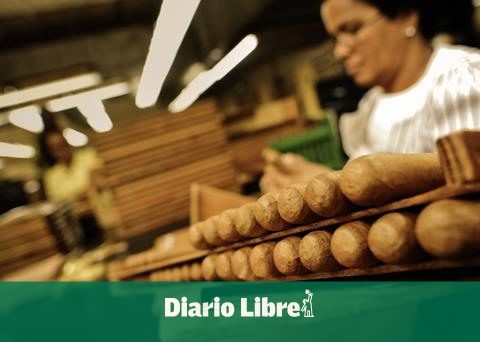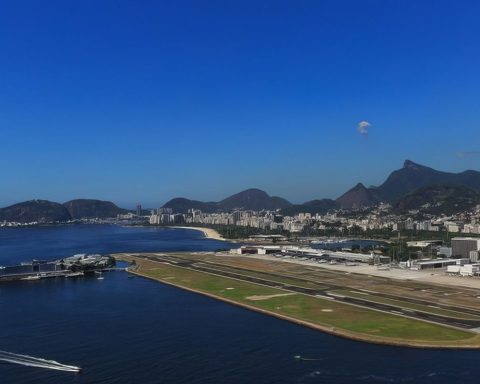TO
mid 19th century, When industrial capitalism was a reality in seven or eight powers, the possibility of building an interoceanic canal was studied to connect the Gulf of Mexico or the Caribbean Sea with the Pacific Ocean, speeding up world trade and saving incalculable amounts of money. The isthmuses that were explored were Tehuantepec, Nicaragua, and Panama and Darién, which then belonged to Colombia.
In search of these routes, in 1859 the United States tried to wrest sovereignty over the Isthmus of Tehuantepec from Mexico. In other spaces we have told how the Mexican government resisted the pressures and threats. Let’s just say that in his memoir, the American negotiator, Robert McLane, recounts how his Mexican counterpart, Melchor Ocampo, dragged out the negotiations for months and adds: Juarez with singular determination refused to cede a foot of territory, whatever the consequences.
(quoted by Patricia Galeana, The McLane-Ocampo Treaty. Interoceanic communication and free trade, p. 343). Juárez’s determination, and the subsequent firmness of Lerdo de Tejada and Porfirio Díaz, removed the threat that subsequently fell on Colombia.
Around 1870, the Tehuantepec, Darién and Nicaragua routes were ruled out and it was decided to trace the inter-oceanic route on the Isthmus of Panama. That route cost the death of tens of thousands of workers from many countries, first during the construction of the railroad (1850-55: immediately after the United States stole the territory of California, and gold was discovered on those lands); during the failed French project (1881-89); and finally, the completion of the canal by the United States (1903-14).
To assume the construction of the canal, the United States government and very powerful companies from that country demanded that Colombia (as they had done with Mexico in 1859) cede the sovereignty of the territory in which the canal would be built. Colombia refused and President Teddy Roosevelt applied his Big Stick policy: he sent a few marines and caused the secession of Panama. Eduardo Galeano writes in his memories of fire: 1903. Panama City. In this war a Chinese and a donkey die, victims of the volleys of a Colombian gunboat, but there are no more misfortunes to regret. Manuel Amador, the new president of Panama, parades between United States flags, sitting in an armchair that the crowd carries on a litter. Amador cheers on his colleague Roosevelt. Two weeks later, in Washington, in the Blue Room of the White House, the treaty is signed that gives the United States, in perpetuity, the half-finished canal and more than 1,400 square kilometers of Panamanian territory…
The transfer in perpetuity lasted 96 years, because between 1968 and 1981 General Omar Torrijos ruled Panama (one of whose models was General Gamal Abdel Nasser, the nationalist Egyptian president, who in 1956 expropriated the Suez Canal, inaugurated in 1869… and another, General Lázaro Cárdenas). Again Eduardo Galeano: “Panama City, 1978. General Omar Torrijos says that he does not want to enter history. He wants to enter nothing more than the canal zone, which the United States has usurped from Panama since the beginning of the century. That is why he is touring the world backwards and forwards, country by country, from government to government, from platform to platform…
“Finally, the barbed wire is down. The United States, pushed by the entire world, signs a treaty that restores to Panama, in stages, the canal and the prohibited zone.
“–It’s better this way,” says Torrijos, relieved. They have spared him the unpleasant task of blowing up the canal with all its facilities.”
Torrijos died in a mysterious plane crash in 1981. Two years later, General Manuel Antonio Noriega took office as head of state. Among many other things (some of which were not edifying), he had been a companion and friend of Torrijos. George Bush did not like Noriega and in 1989 he sent a few marines to knock it down. Subsequent governments reached agreements with big international capital that meant that for all practical purposes, the canal would continue to benefit US capital before anyone else. Symbolically, the international airport of Panama stopped being called General Omar Torrijos Airport.
Panama’s economy depends on the canal, which for more than a century monopolized the interoceanic route of the American continent. But, suddenly, at the end of 2018, the design of another interoceanic route appears out of nowhere, in Tehuantepec, which by the end of 2021 is seen to be an irreversible reality, a route that will not be under the control of big financial capital; route that will attract perhaps 20 percent of the traffic of the Panama Canal. Perhaps someone should explain to the brotherly Panamanian people that friendship and cooperation are more valid words for the Mexican government than competition.

